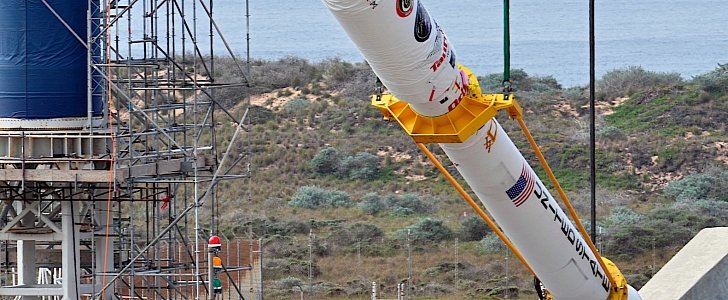It would appear one of humanity’s ugliest traits, greed, is no stranger to the space exploration industry either. Following years of investigations, NASA reveals this was at the center of two scientific mission failures a decade ago.
Back in 2009, and then again in 2011, the American space agency launched the Taurus XL missions, two rockets that were supposed to take to orbit the agency’s first environmental satellites dedicated to mapping atmospheric carbon dioxide and sulfate and other aerosols, respectively.
The 2009 mission failed during fairing separation, and the second due to the fact that the rocket did not achieve enough speed to make orbit.
This week, NASA revealed why the two missions failed, and the results of the investigation are worrying to say the least.
According to the findings, the launch vehicle fairing failed to separate on command in both missions, due to the poor quality of the aluminum used in its build.
To blame for this is Sapa Profiles (SPI), the company that supplied such material to NASA and hundreds of other customers. NASA says SPI was involved in a “19-year scheme that included falsifying thousands of certifications for aluminum extrusions.”
In essence, SPI “altered test results and provided false certifications to Orbital Sciences Corporation,” the builders of the Taurus XL.
“NASA relies on the integrity of our industry throughout the supply chain. While we do perform our own testing, NASA is not able to retest every single component. That is why we require and pay for certain components to be tested and certified by the supplier,” said in a statement Jim Norman, NASA’s director for Launch Services.
“In our case, the Taurus XLs that failed for the OCO and Glory missions resulted in the loss of more than $700 million, and years of people’s scientific work.”
Following the investigation, which also included the Department of Justice (DoJ), SPI agreed to pay $46 million to the parties involved to settle the criminal charges and civil claims.
How this incredibly bold and dangerous scheme worked is detailed in the DoJ document attached below.
The 2009 mission failed during fairing separation, and the second due to the fact that the rocket did not achieve enough speed to make orbit.
This week, NASA revealed why the two missions failed, and the results of the investigation are worrying to say the least.
According to the findings, the launch vehicle fairing failed to separate on command in both missions, due to the poor quality of the aluminum used in its build.
To blame for this is Sapa Profiles (SPI), the company that supplied such material to NASA and hundreds of other customers. NASA says SPI was involved in a “19-year scheme that included falsifying thousands of certifications for aluminum extrusions.”
In essence, SPI “altered test results and provided false certifications to Orbital Sciences Corporation,” the builders of the Taurus XL.
“NASA relies on the integrity of our industry throughout the supply chain. While we do perform our own testing, NASA is not able to retest every single component. That is why we require and pay for certain components to be tested and certified by the supplier,” said in a statement Jim Norman, NASA’s director for Launch Services.
“In our case, the Taurus XLs that failed for the OCO and Glory missions resulted in the loss of more than $700 million, and years of people’s scientific work.”
Following the investigation, which also included the Department of Justice (DoJ), SPI agreed to pay $46 million to the parties involved to settle the criminal charges and civil claims.
How this incredibly bold and dangerous scheme worked is detailed in the DoJ document attached below.



